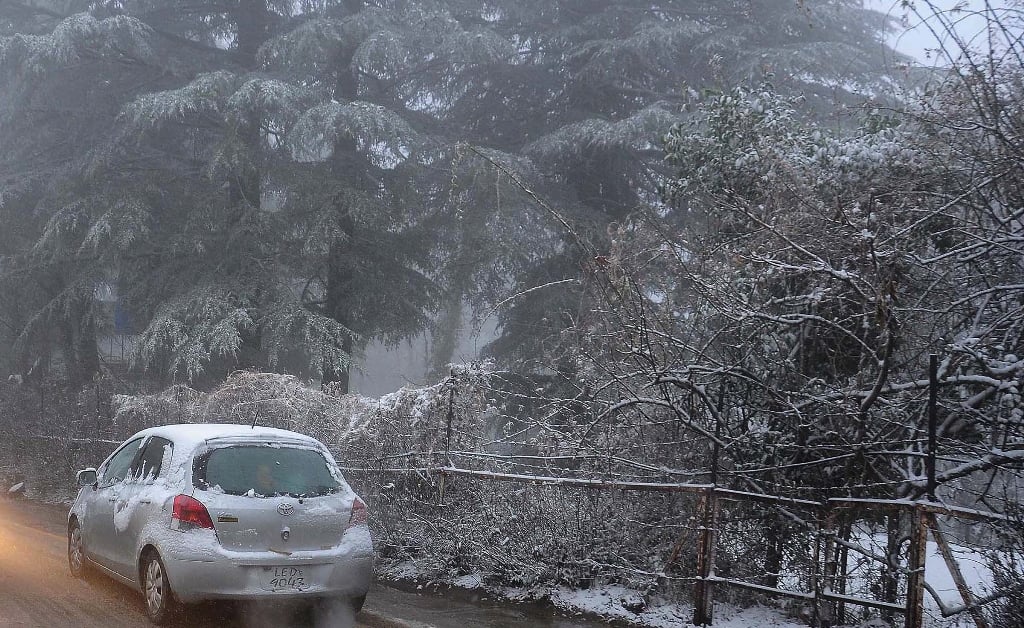1693490718-7/Super-Moon-(4)1693490718-7.jpg)
The next full Moon will grace the sky on Thursday, marking the third of four consecutive supermoons, according to NASA.
This particular supermoon, dubbed the Hunter's Moon, will be the brightest of the sequence, shining for three days, from Tuesday evening through Friday morning.
The name Hunter's Moon dates back to 1710, signifying a time when the fields were cleared after the harvest, making it easier for hunters to spot game. According to the Farmer’s Almanac, this full Moon follows the Harvest Moon and is traditionally associated with hunting to prepare for winter.
Historically, the Algonquin tribes referred to this full Moon by various names, including the Travel Moon, Dying Grass Moon, and Sanguine or Blood Moon. These names signify the changes in the season with leaves turning and plants dying back as fall takes hold.
This Moon also holds cultural and religious significance worldwide. For Jews, it coincides with Sukkoth, the week-long festival that commemorates the Israelites’ journey through the wilderness.
Hindus will celebrate Sharad Purnima, a harvest festival, while Buddhists mark the end of Vassa, the monastic retreat season. In Myanmar, it aligns with the Thadingyut Festival of Lights.
Whether you're observing the full Moon for cultural reasons or simply admiring its beauty, the Hunter's Moon promises to be a spectacular sight. Don't forget to look up and enjoy this celestial event!























COMMENTS
Comments are moderated and generally will be posted if they are on-topic and not abusive.
For more information, please see our Comments FAQ